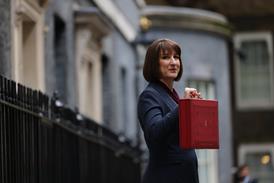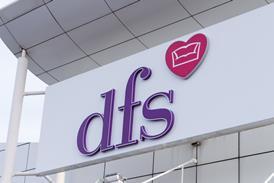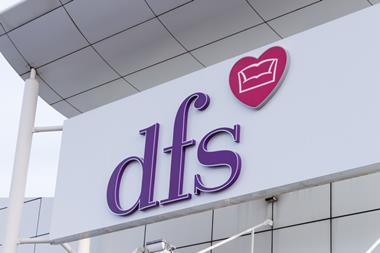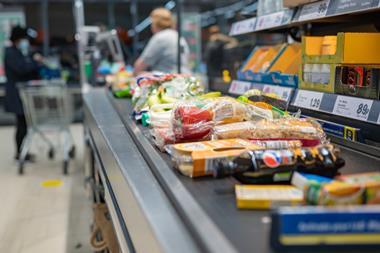The downward trend of furniture and household goods followed a record month-on-month furniture price increase in March. Furniture and household goods inflation fell from 2.7 per cent in March to 2.2 per cent.
However, the largest upward effect came from men's and women's clothing, with prices rising following the introduction of higher-priced replacement stock. Clothing/footwear shifted from -3.9 per cent to -2.8 per cent. By contrast, last year, there was a mixture of special offers and higher prices.
Capital Economics economist Jonathan Loynes said: 'The latter development may have reflected a boost to clothing sales from the unseasonably warm weather in April and could soon be reversed. Nonetheless, the MPC [Monetary Policy Committee] might be concerned that the increase in pricing power apparently enjoyed by producers in recent months is now being seen amongst retailers.'
Food price inflation increased from 5.6 per cent to 6 per cent. This rise was concentrated in the volatile 'seasonal' food sector, with vegetable inflation rising from 10.2 per cent to 15.2 per cent. Loynes said: 'Given recent supply developments, this trend could go further in the coming months.'
Last week, the Bank of England raised UK interest rates by a quarter of a percentage point to 5.5 per cent, in an effort to slow prices. It was the fourth time that borrowing costs have been increased since August last year.
The increase came after the Bank of England was obliged to write a letter to the Government outlining why the Consumer Prices Index (CPI) inflation had risen above 3 per cent. The Bank of England is due to release its three-monthly inflation report tomorrow.
The Office for National Statistics said the Retail Prices Index, an inflation measure often used in pay bargaining, also fell to 4.5 per cent in April, from 4.8 per cent in March




























No comments yet